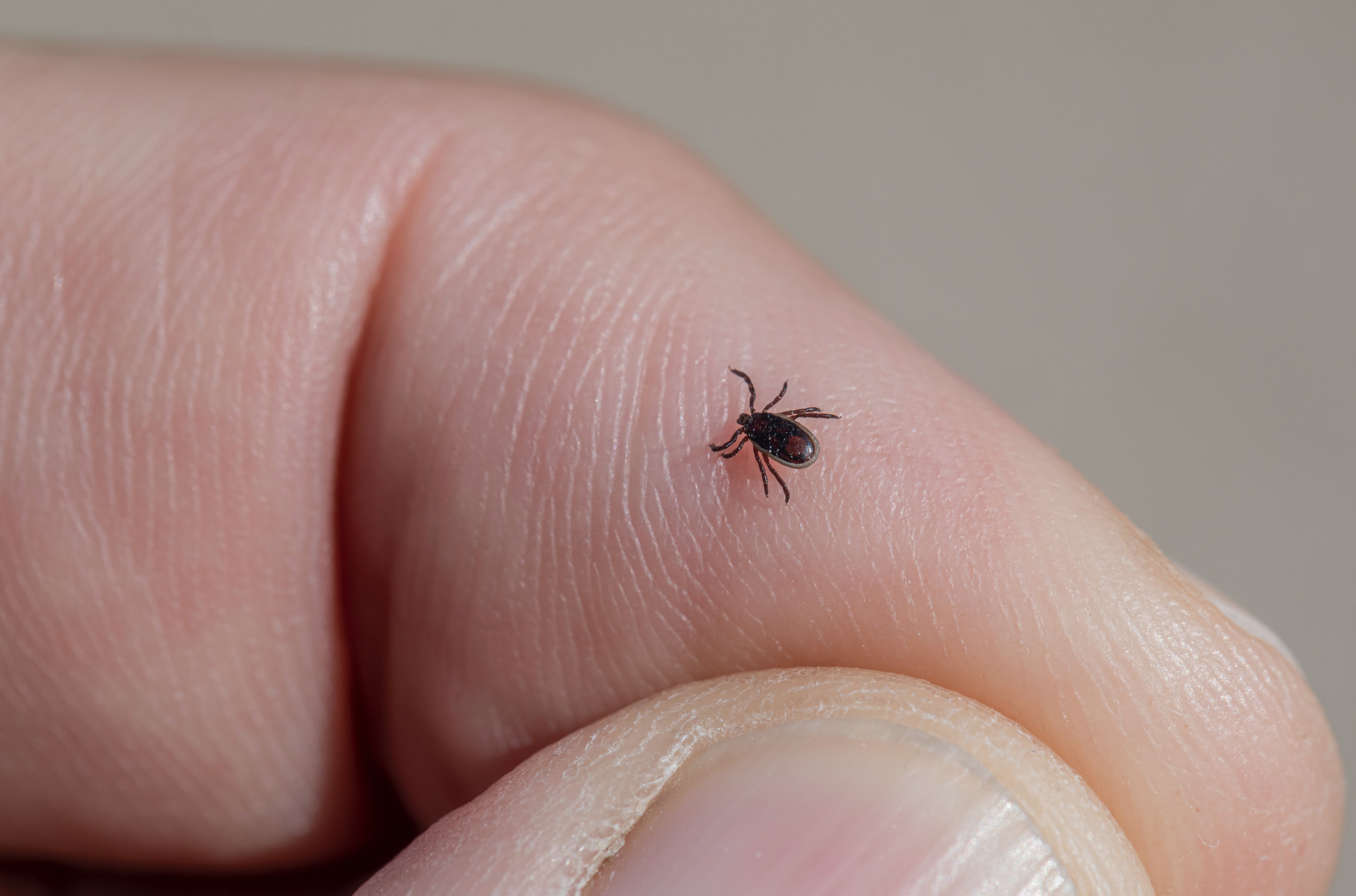As the weather gets warmer, many of us will spend more time outdoors enjoying activities such as hiking, camping, and gardening. Unfortunately, spending time in wooded or grassy areas also puts us at risk of coming into contact with ticks. Ticks are small arachnids that attach themselves to the skin and can transmit diseases such as Lyme disease, Rocky Mountain spotted fever, and tick-borne encephalitis. In this toolbox talk, we will discuss the importance of tick safety and the precautions you can take to protect yourself.
Identification
The first step in protecting yourself from ticks is to be able to identify them. Ticks are small, flat, and oval-shaped. They can range in size from a poppy seed to a small grape. They are most active in the spring and summer months, but can be active all year round in some areas. Ticks can be found in wooded and grassy areas, as well as in your own backyard.
Personal Protective Equipment (PPE)
When working or spending time in areas where ticks may be present, it is important to wear appropriate personal protective equipment (PPE). This includes long-sleeved shirts, long pants tucked into socks, and closed-toe shoes. Clothing should be light-colored, as it makes it easier to spot ticks.
Repellents
In addition to wearing appropriate clothing, you can also use repellents to help keep ticks away. There are many different types of repellents available, including those that contain DEET, picaridin, or permethrin. Be sure to read the label and follow the instructions carefully. Apply repellents to exposed skin and clothing before heading outdoors.
Tick Checks
After spending time outdoors, it is important to do a thorough tick check. Ticks like to hide in warm, moist areas such as the groin, armpits, and scalp. Make sure to check these areas carefully, as well as behind the ears, inside the belly button, and around the waistband. If you find a tick attached to your skin, use a pair of fine-tipped tweezers to grasp the tick as close to the skin as possible and pull it straight out.
Tick Removal and Disposal
If you find a tick attached to your skin, it is important to remove it as soon as possible. The longer the tick remains attached, the greater the risk of disease transmission. Use a pair of fine-tipped tweezers to grasp the tick as close to the skin as possible and pull it straight out. Do not twist or jerk the tick, as this can cause the mouthparts to break off and remain in the skin. Once the tick is removed, dispose of it in a sealed container or flush it down the toilet.
Monitoring for Symptoms
Even with proper precautions, it is still possible to contract a tick-borne illness. If you experience any symptoms such as fever, headache, muscle aches, or a rash after spending time outdoors, it is important to seek medical attention. Be sure to tell your healthcare provider that you may have been exposed to ticks.
Conclusion:
Ticks can be a serious health hazard, but by taking the proper precautions and being aware of the risks, you can protect yourself and enjoy the great outdoors. Remember to wear appropriate PPE, use repellents, perform tick checks, and seek medical attention if you experience any symptoms. Stay safe and have fun!





